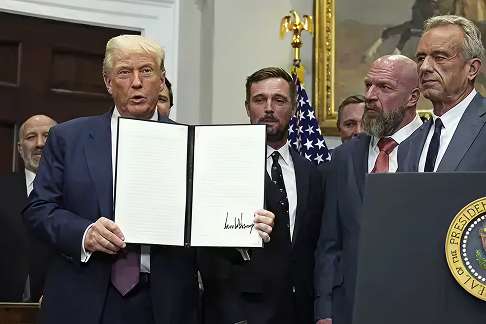US President Donald Trump imposed a 19% tariff on Pakistani imports after announcing that Islamabad had just become his new energy partner. The tariff increase forms part of Trump’s more general trade strategy set out under his “reciprocal tariffs” paradigm.
Previously, Pakistan was subject to a higher 29% duty that hailed from reciprocal tariff rules – intended to target what US officials explained were Pakistan’s high tariffs on American goods, and the newly lowered 19% tariff regime established by Trump appears to be tied directly to the American oil development deal with Pakistan. Trump has made a public commitment to help release Pakistan’s untapped oil reserves, leaving the door open in the near future for any exports to even flow to energy-starved India.
Analysts saw the two-pronged approach of punishment under a complementary trade regime, alongside the increased potential for investment emphasis on potential, as prudent from Washington. A feeler from them to re-establish a better calibrated trade relationship whilst simultaneously courting oil and energy stability merging with regional influence.
The very fabric of Pakistan’s textile sector, over 70% of which account for exports to the US, remains exposed to the duty under the 19% tariff regime. Although the present reduced rate of 19% serves to relieve some of the volatile news that came when previously reported possible development under reciprocal tariffs possible 29% duty, it still represents significant duty escalation during what has been previous concessional duty levels and any subsequent competitiveness for Pakistan’s oil product in the US market remains heavily burdened.

